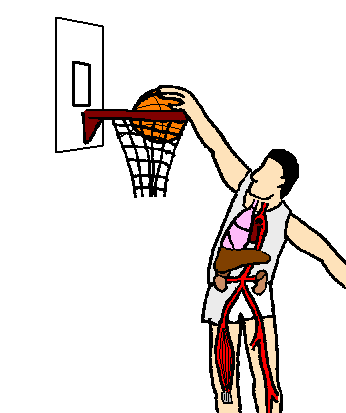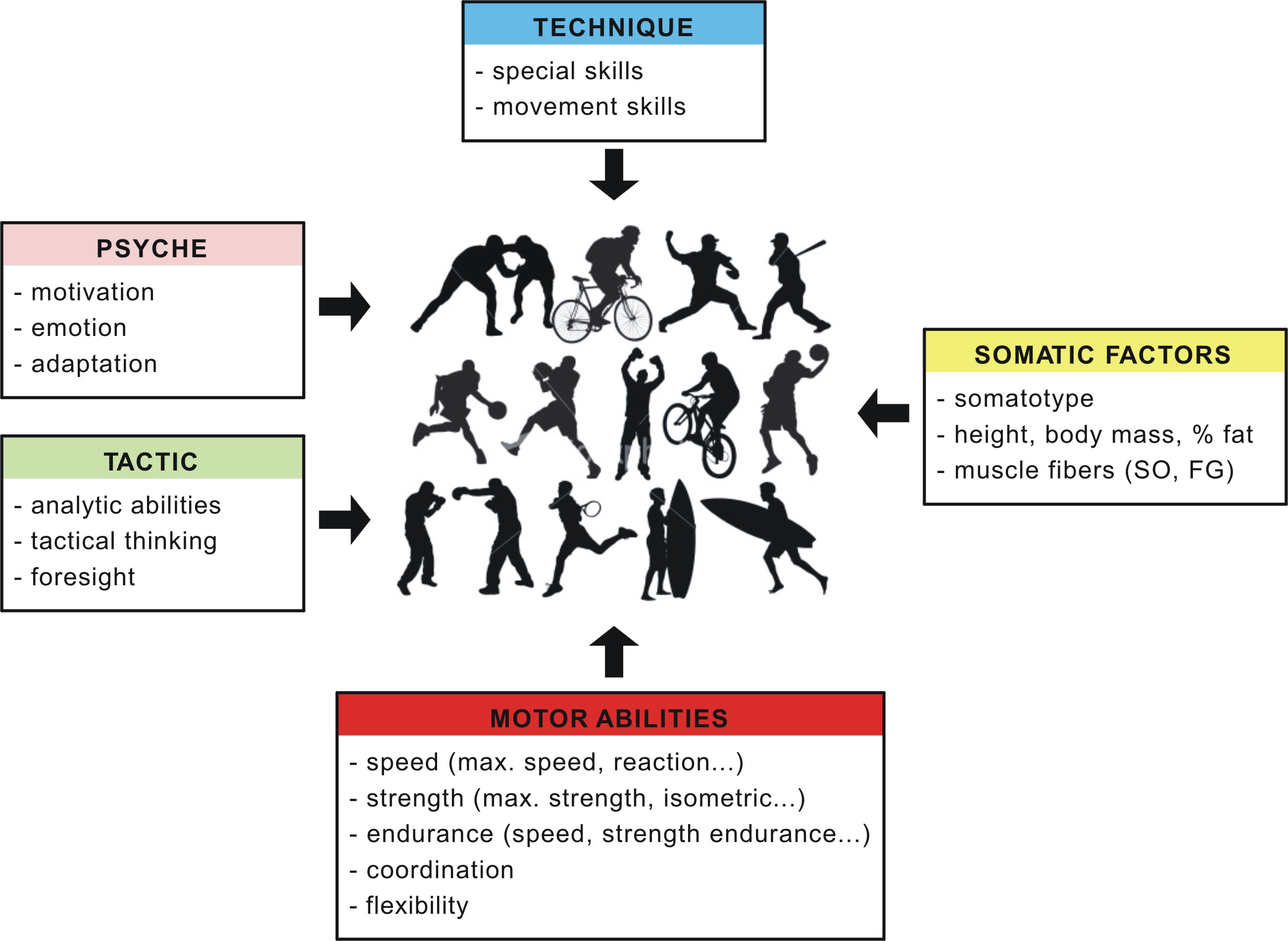
The physiology of human is concerned with the study of functions of the organ systems. The physiology of exercise deals with the study of an organism in the course of a movement activity. It studies functional changes taking place during the physical exercise.
Response and adaptation of an organism to workload
Response is an immediate reaction of an organism and its organs to workload (e.g. increased heart rate). It depends on the kind, intensity and duration of the workload.
For a body to be able to carry out a particular movement or conduct a movement activity, individual organ systems have to start producing work of higher intensity. The movement of muscles which are able to contract due to energy supplies available is extremely important under a workload. As muscles need oxygen to be able to work, it is necessary to enhance the activity of the transporting systems (the respiratory and circulatory system) – Fig. 1.
Figure 1 Response of organism (organ systems) to workload

Adaptation is the ability of the organism and its organs to adapt both functionally and morphologically to the repetitive and long-term influence – training (e.g. reduction in resting heart rate) resulting in increased performance. Such adaptation will depend on the type, frequency, intensity and duration of a movement activity.
Constraining factors of a sports performance
Sports performance is affected by a number of factors whether of external (technique, tactics, environment, sports equipment) or internal nature (physiological and somatic predispositions, psyche).
The following diagram (Fig. 2) illustrates a sample of selected factors affecting sports performance.
Figure 2 Limiting factors of sports performance
